Published Date: Dec 14, 2023
Written by: Zoona Sikander, Interior Design Writer & Social Media Content Creator
Edited by: Emma Cyrus, Senior Copy, Content & Editorial Writer
Reviewed by: Rey Amini, Senior Interior Designer & Architect
Fact-checked by: Benjamin Ibanez, Development & FF&E Manager
If you have noticed signs of mould on your clothing, shoes or even linen you might be asking: How do you ventilate a built-in wardrobe?
This common problem is often due to cold, rainy weather which, if you live in countries like the UK, is par for the course. So to mitigate the situation, stay healthy and save your belongings from getting damaged, let’s examine the many ways in which you can get air circulating.
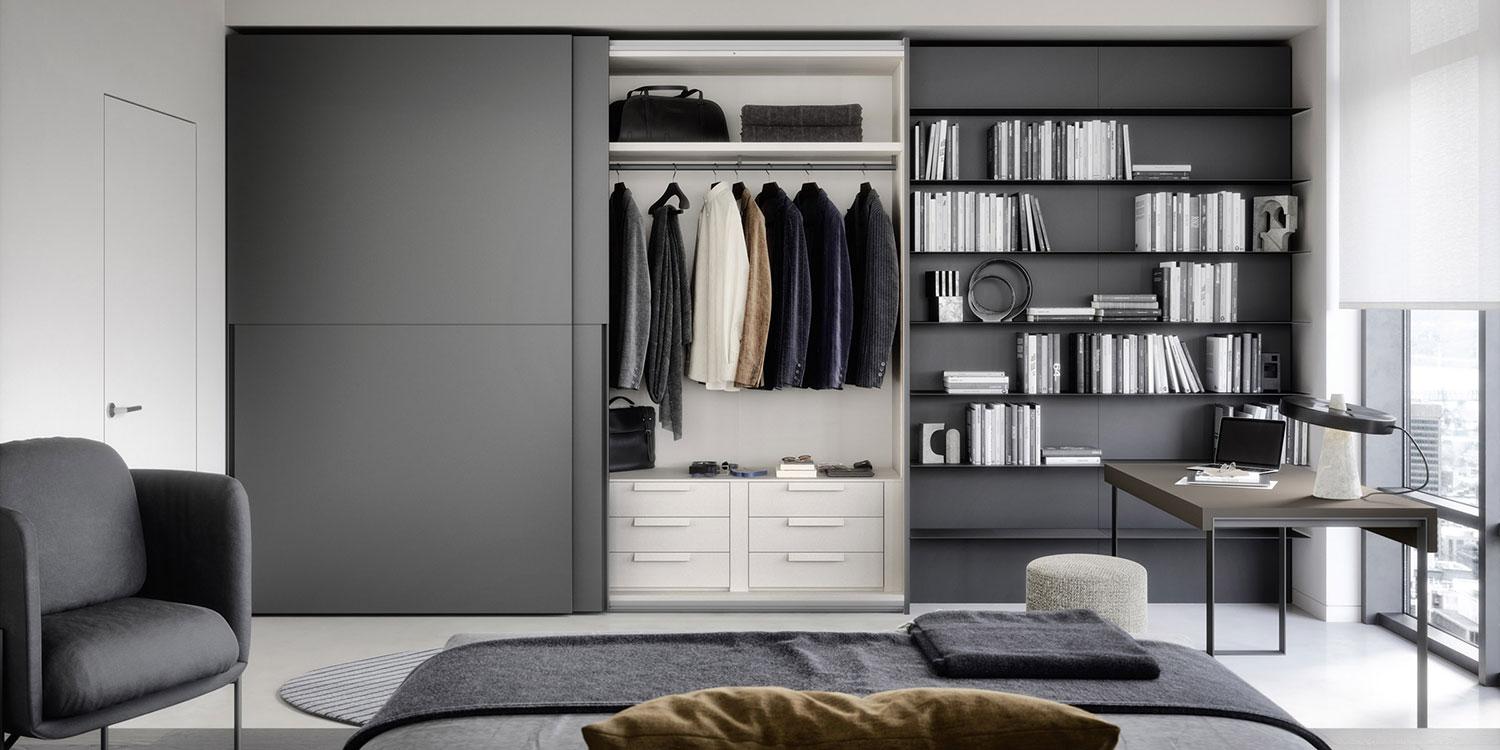
Built-in wardrobes have become a must-have in most modern homes. Made to fit into any space, they are easily customised and can be tailored to suit your exact storage requirements. From hanging rails to bespoke compartments for your belts and jewellery, the world of customised storage literally your oyster.
Because of this, not only do they increase your property value, but they make life much easier, allowing you to organize your belongings according to your needs.
While fitted wardrobes have numerous advantages, they are more susceptible to mould and dampness than their free-standing counterparts. Why? Because they are generally attached to your existing wall, ceiling and floor, making it difficult for air to circulate.
To mitigate the formation of mould, which forms as a result of dampness and condensation, proper ventilation is required. This is most easily achieved through air vents which can be installed during the building process, allowing for a balanced atmosphere throughout.
However, many already established built-ins do not have vents, making them more susceptible to mould and mildew and putting your precious fashion collections at risk.
Whether you’re in the process of designing your bedroom wardrobe or need to improve the airflow in your existing unit, here are 4 effective ways to optimise ventilation:
Consider using an open-door system. For those with extra space, you could even turn your spare bedroom into an expansive walk-in.
Opt for something compact like the Pleione edition by Barel or go all out for something with stellar status like the Venice walk-in wardrobe by EmmeBi.
Using aerated baskets, racks, drawers and other units that can be easily height-adjusted is an excellent idea. They are easy to install, fashion-forward and can be customized to suit your style.
A commonly used way to ventilate both your bedroom and wardrobes, these specially designed bricks are a simple way of managing potential mould issues. Consult with your design team about how to go about implementing them.
We recommend that, if you’re not going with any of the above, you install a good-quality heating, ventilation and air conditioning (HVAC) system.
These maintain air quality, regulate your home’s temperature and purify the air by removing contaminants like dust and mould.
If you’re looking for a more cost-effective alternative, enquire about an exhaust fan instead. Solar-powered ventilation systems for wardrobes are also now available, making it a more environmentally sustainable endeavour.
At FCI London, we offer a highly efficient UV-A LED purifying system which is remote-controlled for your convenience.
Any badly ventilated wardrobe is likely to be subjected to dampness which encourages the development of mould, a type of fungus that thrives in moist, badly-aerated environments.
Identifiable by its musty odour and patches of colour, mould is particularly troublesome on leather and can destroy bags and shoes completely if left untreated. It can also cause various health problems including coughing and asthma.
Once discovered, it should be dealt with immediately as it can spread from one area of your built-in to another. To eradicate it, read our tips on how to stop mould in your wardrobe.
Ventilating your built-in wardrobe will:
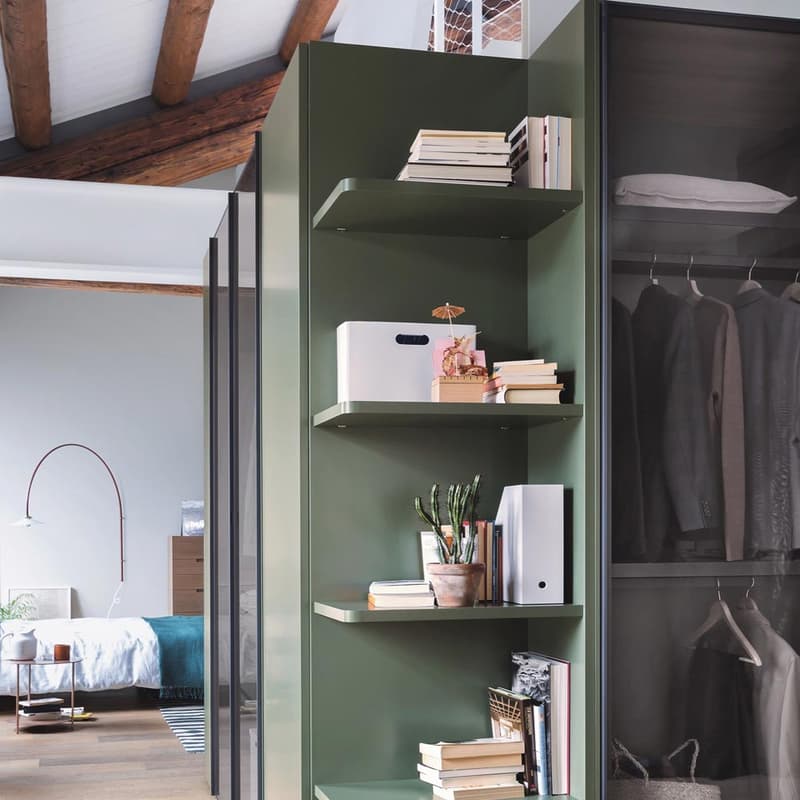
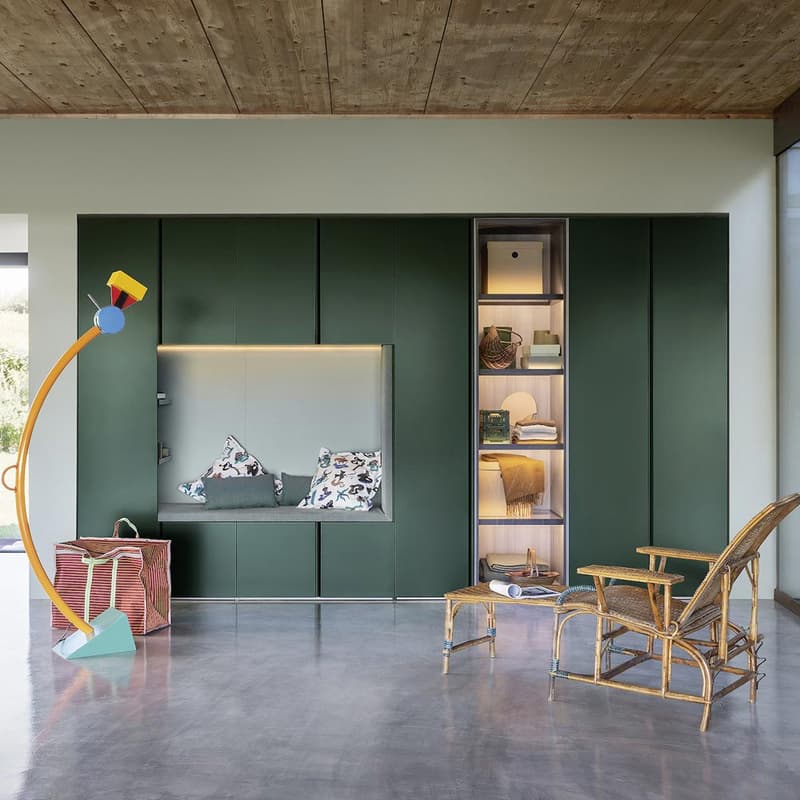
If you experience any of the following while looking through your wardrobe, then chances are it needs more ventilation:
Should any of the above happen, we suggest you take the following measures:
The best thing you can do to ensure that the air quality in your built-in wardrobe is up to standard is to have it fitted with a good ventilation system right from the start.
At FCI London, we go a step further in the construction and installation of all of our wardrobes by creating a completely encapsulated unit before it gets installed.
This means that instead of fitting shelving and rails directly onto your existing walls, we build a made-to-measure standalone that gets slotted seamlessly into your available space. In this way, your cabinetry will be protected from any kind of dampness, especially if it’s a pre-existing issue.
So, whether you love the L-shaped Design #30 wardrobe by Logo or the sleek sliding door Hopus by Jesse, we’ll make sure your cabinets are constructed seamlessly.
Two other ways of combatting ventilation issues in your built-ins are to use:
Keeping your built-in wardrobe well-ventilated is extremely important and will help both you and your possessions stay healthy. So, if you’re considering installing new custom cabinetry, make sure you call a professional and get it done properly.
With almost 40 years’ experience creating bespoke wardrobes for both private and commercial clients, the FCI London design team is here to give you all the advice you need. And, with hundreds of different finishes, colours and materials to choose from, we’ll be able to build you something that suits your exact needs.
To find out more, get in touch today or pop into our showroom for a chat and a glass of bubbly. You can also browse through our latest projects portfolio for some fantastic home decor ideas. We can’t wait to get the ball rolling!
Get In Touch
Book A Video Chat
Book a video consultation and we'll advise you on furniture, space planning, colour schemes and much more.
Book A ConsultationVisit Our Showroom
Book a visit to our stunning, multi award-winning, 30,000 sqft.
Over 700 brands under 1 roof.
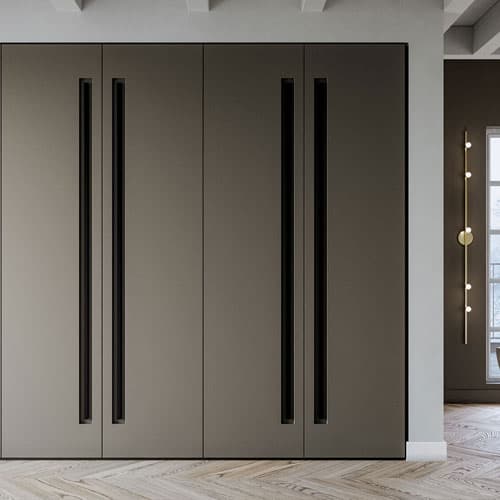
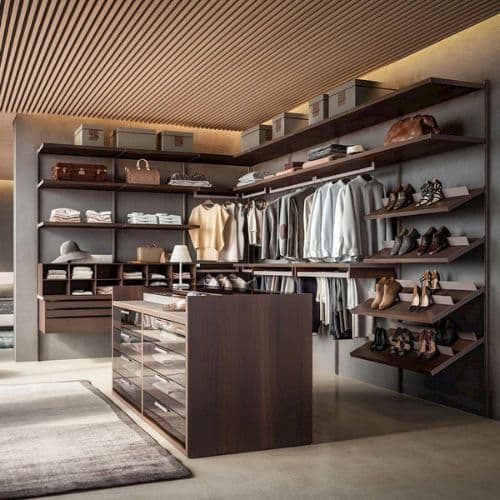
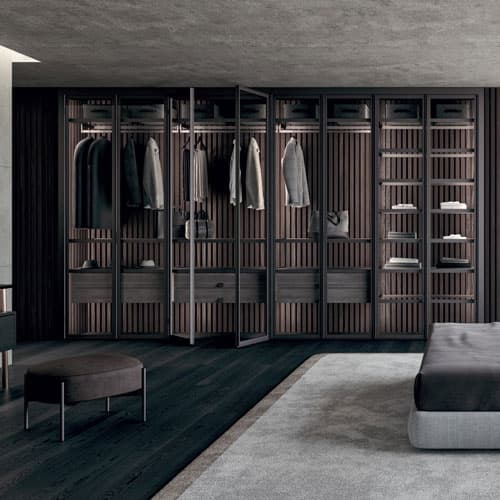
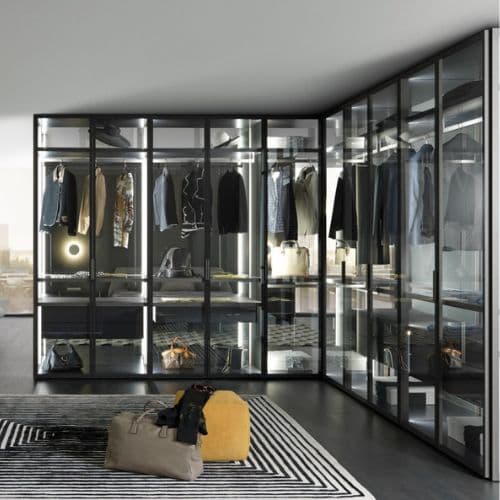
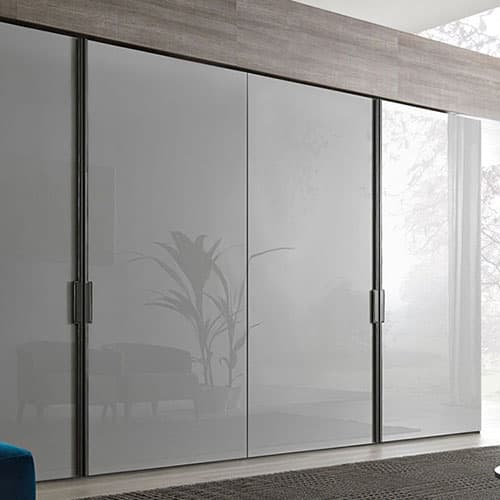
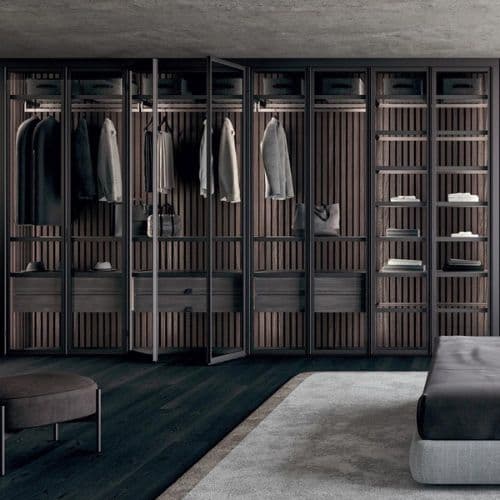
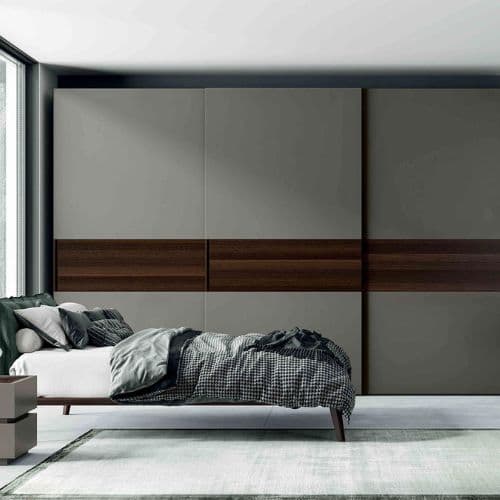
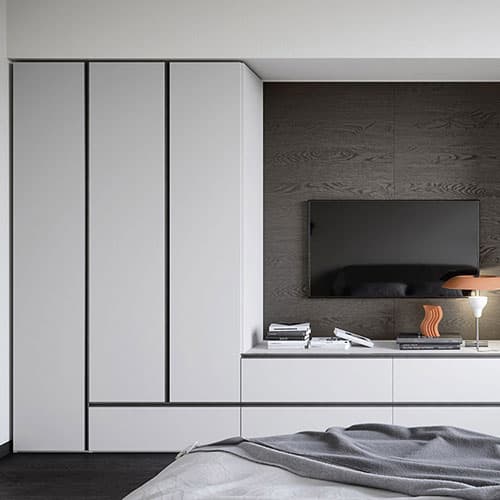
Most Popular on FCI London: Fitted Wardrobes | Luxury Designer Rugs | Luxury Sofas | Luxury Furniture Store | Luxury Interior Designers | Luxury Bedroom Furniture | Luxury Modern Chairs | Luxury Coffee Tables | Luxury Designer Kitchens | Luxury TV Units | Luxury Dining Tables | Luxury Storage Solutions | Luxury Sideboards | Luxury Stools & Bar Stools
Transparency isn’t a policy. It’s a principle.
Have a peek at what our clients really have to say.
